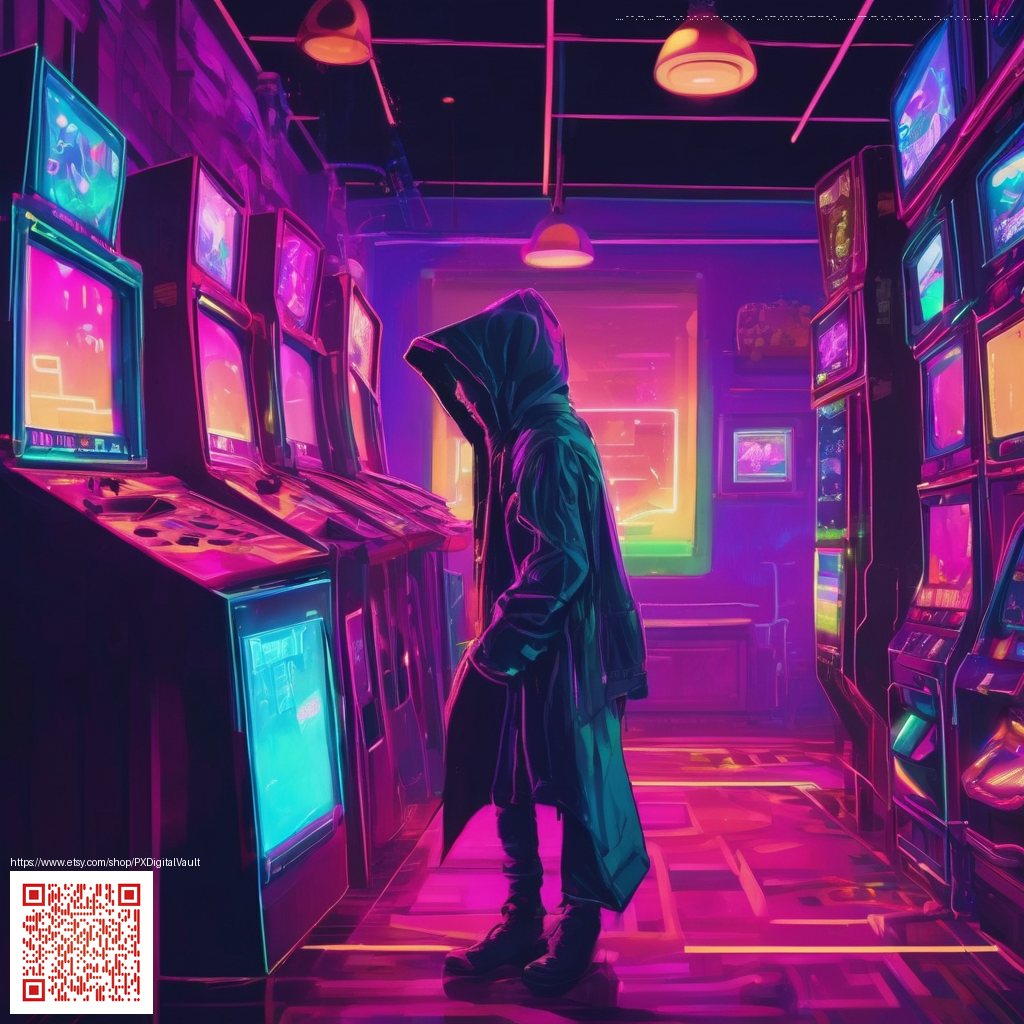
Crafting and Customization in Jedi Fallen Order
From the moment Cal Kestis steps onto a derelict ship to the last stride through a moonlit tomb, crafting in this game is less about resource grinding and more about personalizing your journey. The crafting system centers on lightsaber customization as its flagship feature, weaving together color choices, hardware variants, and rare components that reflect your playstyle. It’s a system built to reward exploration, problem solving, and a bit of tinkering with the galaxy’s oldest weapon kit.
While the broader game emphasizes traversal and lightsaber duels, the crafting loop acts as a quiet backbone that nudges you toward experimentation. As you encounter new planets, you’ll snag parts and kyber crystals that unlock more color palettes and hardware permutations. This isn’t a strict RPG upgrade tree; it’s a hands-on, tactile process that makes every encounter feel like another opportunity to tailor your blade to the moment. And yes, the glow of a newly colored saber can be a morale boost after a tough boss fight 🕹️.
What makes the crafting system memorable
- Five customization axes colors, switches, sleeves, materials, and emitters create a surprisingly nuanced palette for weapon design. Players often swap components to achieve unique aesthetics that still echo the Star Wars ethos of personal signature gear.
- Kyber crystals drive color decisions these crystals determine saber hue and carry a sense of progression. Some hues unlock by visiting distant locations and solving puzzles, while others require completing optional tasks or locating hidden chambers.
- Workbenches are your creative hubs scattered across planets, they act as the one-stop shop for modifications. This is where you’ll attach new emitters, swap sleeves for grip feel, or switch out materials to change the blade’s texture and glow.
- Unlocking the double-bladed option an advanced attachment becomes accessible through a specific sequence at a workbench, expanding how you approach combat and crowd control in encounters.
- Accessibility meets style the system rewards experimentation without punishing you for new looks. It’s perfectly fine to swap to a flashy color for a difficult encounter, then revert when you’re ready to blend in with a planet’s scenery again.
Community voices often highlight how a single color change can shift the mood of a fight. A red blade may feel aggressive, while a cooler blue feels precise. The craft loop invites you to tune that mood on the fly after each skirmish.
Where to find materials and how progression feels tactile
Materials and parts show up as you explore, loot, and solve environmental puzzles. The game rewards curiosity with diagram scraps and blueprint fragments that point you toward specialized workbenches. This design choice encourages replaying earlier sections with a new color or a different grip, letting players experiment with different combat rhythms without grinding a long stat tree.
While the core crafting is light on micro-management, it shines in how it integrates with the wider adventure. For example, discovering an Illum location with kyber crystals ties into the color system and unlocks hues not available from standard loot. It’s a deliberate loop: explore, collect, customize, and then test in the next encounter. The cadence feels satisfying rather than intrusive, which is a rare balance in modern action games 🎮.
Workbenches, upgrades, and the evolving meta
Across the narrative arc, workbenches serve as the camera pans of progression. They are where you refine your blade, upgrade its ports, and sometimes reveal new functionality such as alternate emitters that change the blade’s sound and glow. The crafting surface becomes a stage for your evolving playstyle: a careful, defensive healer build might favor a stable emitter and a muted color, while a more aggressive pilot could favor a brighter hue and a lighter weight sleeve to increase speed in clutch moments.
Updates over the game’s lifetime have refined balance and expanded cosmetic options. While the core rules stay intact, patches have nudged how quickly you access certain color pathways and how intuitive the workbench UI feels. The result is a crafting loop that remains approachable for newcomers yet rich enough for veterans who want to push for a truly distinctive saber aesthetic.
Modding culture and community impact
On PC and in the broader modding community, players often explore shader tweaks and texture packs to enhance the visual fidelity of sabers. Modders celebrate the creative edge by re-skinning emitters or swapping materials to push a more rugged or ceremonial look. This culture mirrors other beloved titles where weapon customization extends beyond in-game options, turning the saber into a canvas for personal expression. The sharing ethos — screenshots, presets, and mini-guides — helps newcomers learn how a small change in a component can transform your in-game experience.
Developer commentary and ongoing coverage
Developers have framed the crafting experience as a blend of tactile feedback and strategic choice. The team emphasizes that customization should feel meaningful without becoming a barrier to progress, striking a balance between form and function. Updates that expand color options and add new components are welcomed by players who crave fresh cosmetic opportunities without destabilizing combat design. The dialogue with the community around crafting remains positive and iterative, a sign of a living experience that ages well as players revisit encounters with a new blade personality.
Bottom line for builders and brawlers
The crafting system in this title excels because it respects player agency. You can approach customization as a pure vanity project, or you can let it steer how you handle encounters. Either way, the workbench becomes a trusted ally, a place where your curiosity translates into tangible improvements on the battlefield. It’s a reminder that in a galaxy full of grand adventures, sometimes the coolest gear is the one you crafted yourself with careful hands, a curious mind, and just the right kyber glow ✨.
Phone Case with Card Holder MagSafe Polycarbonate Matte Gloss